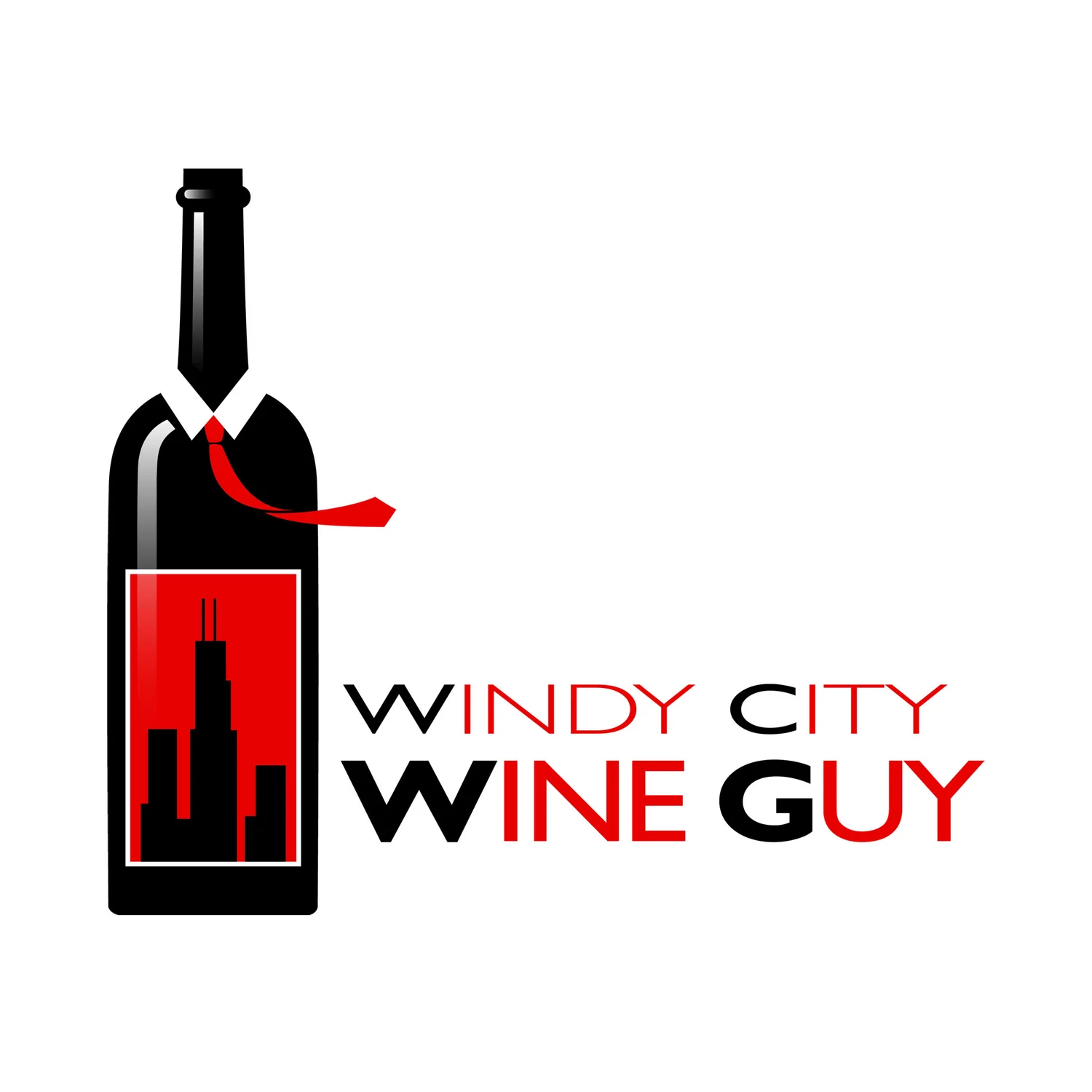Eastern European Spotlight: Croatian & Slovenian Wine
/
As far as grapes go, Slovenia uses Bordeaux and Burgundian varietals along with Riesling and some Italian varietals like Barbera, Refosco (known as Teran), Malvasia (Malvazija), Friulano, Glera and Ribolla Gialla (Rebula). They also grow many indigenous varietals like Pinela, Šipon (Furmint), Kraljevina and Štajerska Belina. They also have unique styles of wine: Cviček, a light, easy drinking wine made with white and red grapes, and Kraški Teran, a deep, dark red wine with low alcohol and high acid.
In Croatia, they also use Bordeaux, Rhone and Burgundian varietals along with Riesling and Italian varietals Barbera, Nebbiolo, Malvasia (Malvazija) and Trebbiano. They also use MANY indigenous varietals like Bogdanuša, Grk Bijeli, Plavac Mali and Crljenak Kaštelanski, which is the father of Zinfandel. They also use Vranec (known as Vranac), a Macedonian varietal known to create very dark red wines full of berry flavor and local Balkan character.
I have a list of some wines you may start seeing in restaurants or wine shops that you may like to try:
- Saints Hill Winery- Very impressive Croatian wines. They make their white "Nevina" in Istria with
a blend of Malvazija and Chardonnay. It's rich and full-bodied with minerality, citrus and tropical flavor along with a creamy texture. Their red "Dingač" hails from the Pelješac peninsula on the southern coast. It is made from Plavac Mali, an ancestor of Zinfandel, and has dark and dried fruit flavor with pepper spice and mocha. It is full-bodied, has smooth tannins, a lengthy flavor and aging potential.
- Matošević Winery- This winery also makes extremely high quality Croatian wine, mainly from Istria. They have a stainless steel fermented Malvazija, Alba, which exhibits clean, easy drinking wine with citrus and mineral flavor with almond notes. They make two Malvazija wines aged in oak, Alba Robinia in Istrian acacia barrels and Alba Barrique in French oak. These wines are richer, with the Robinia tasting a bit smoky, while the Barrique exhibits caramel. Their Chardonnay, Aura, is unoaked, light and refreshing. Their Grimalda wines are blends, the white made of Chardonnay, Malvazija and Sauvignon Blanc, and the red made of Merlot and Refosco (Teran). Both are excellent wines, and the red is smooth with integrated tannins, minerality, dark berry and oak spice. This is a must try lineup!
- Piquentum Winery- Another Istrian winery which makes Malvoisie (Malvazija) full of pear, chalk and a touch of mint flavor. Their Teranum is made of Refosco (Teran) is stainless steel fermented with natural fruit flavor, licorice and bright acidity.
- Verus Winery- Slovenian winery using white grape varietals of Furmint, Sauvignon Blanc and
Riesling. The Furmint is the most interesting and very refreshing with high acidity and peach flavor. Their Riesling resembles the German style of off-dry, slatey and full of lime, while the Sauvignon Blanc resembles the Loire with minerality and light citrus.
I am very impressed by the Croatian wines I've tasted and am looking forward to trying more Slovenian. This is very promising as the world of wine continues to expand with different countries, styles and varietals. Let me know if you've tried these or others, and let me know what you think!



















![200px-08gorge2[1]](http://s3.media.squarespace.com/production/597373/6937699/2010/03/200px-08gorge21.jpg)
![Columbia_Valley_AVA_Wash_map[1]](http://s3.media.squarespace.com/production/597373/6937699/2010/03/columbia_valley_ava_wash_map1.jpg/w/300)



